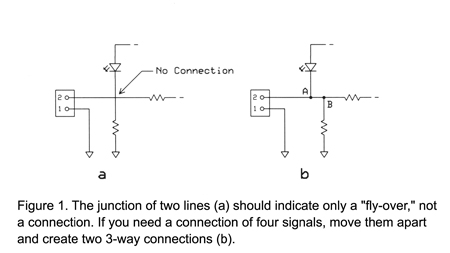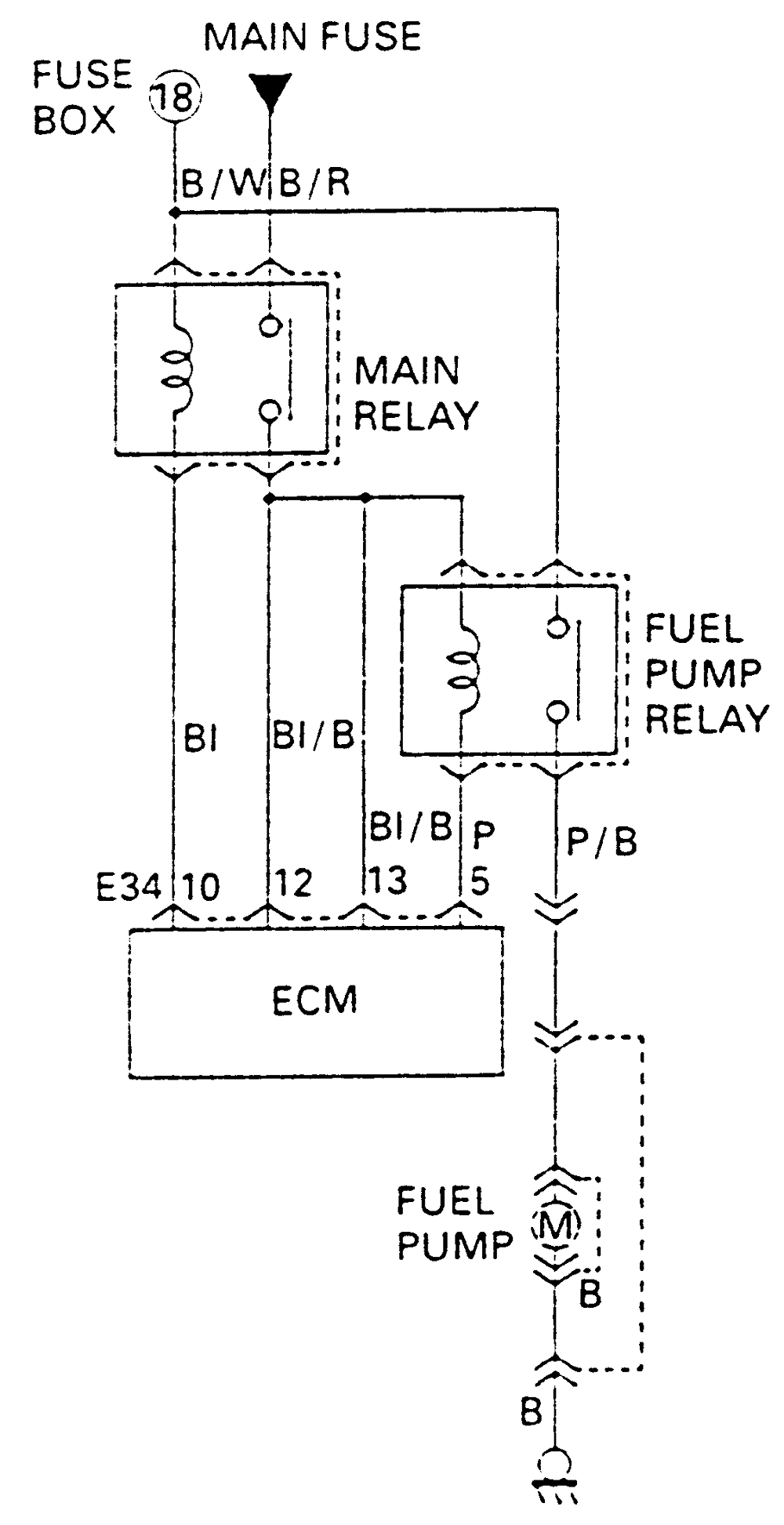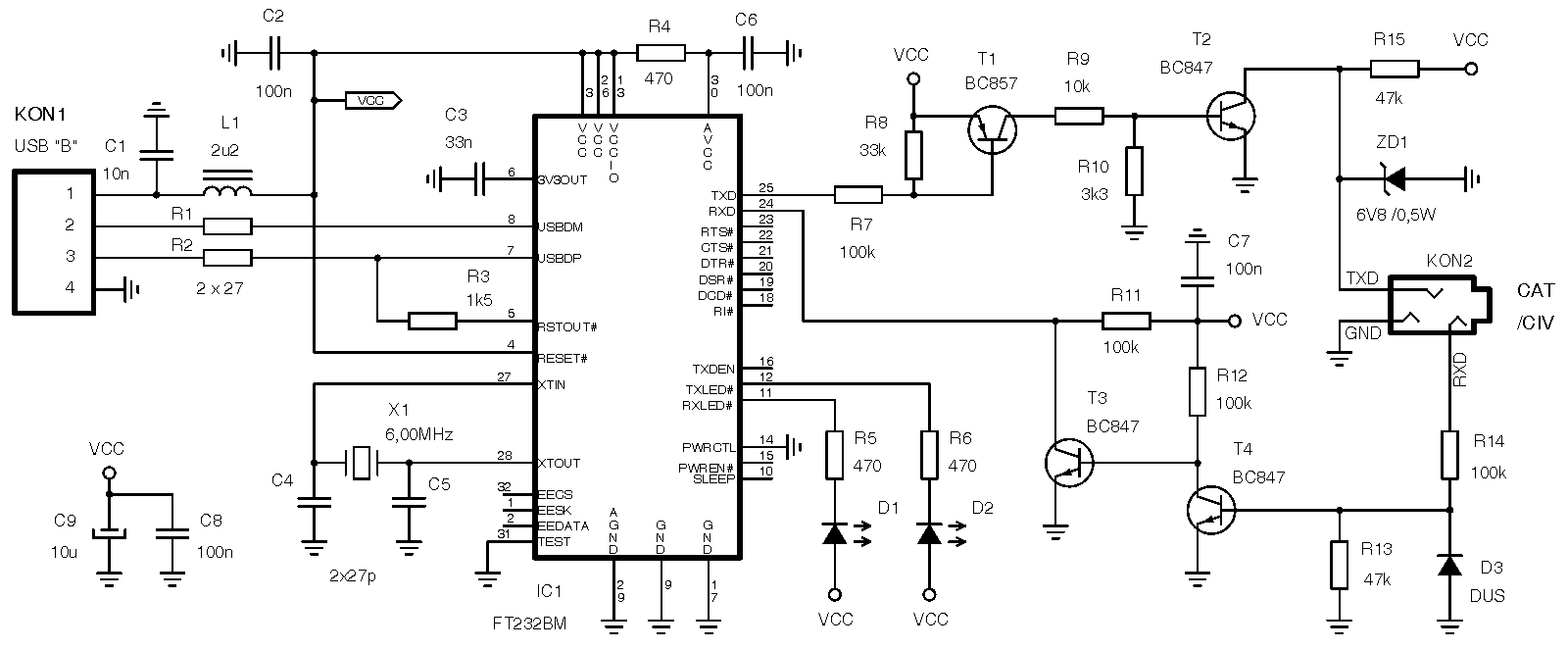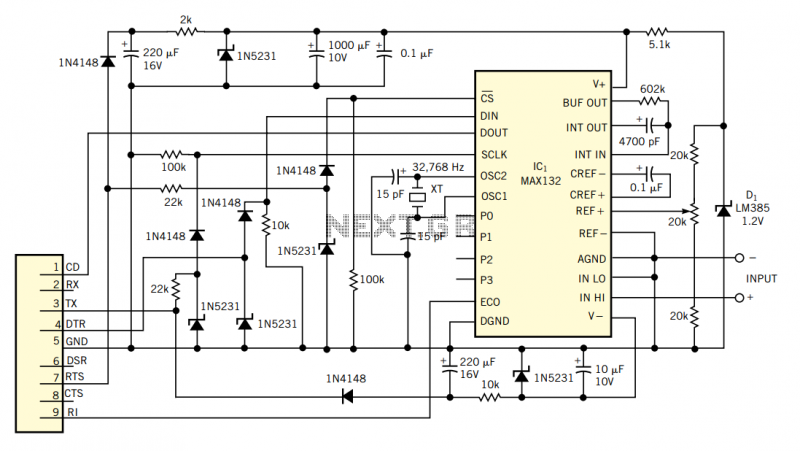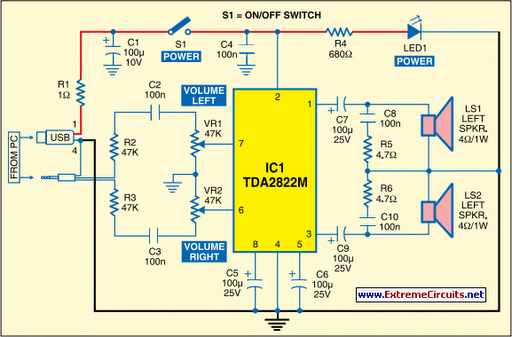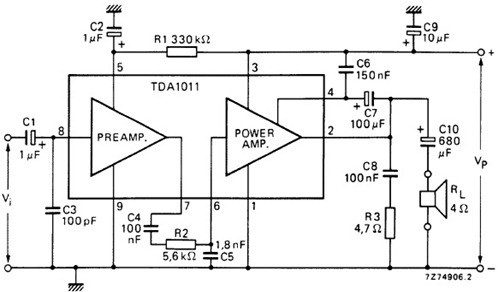
7 port usb hub ic
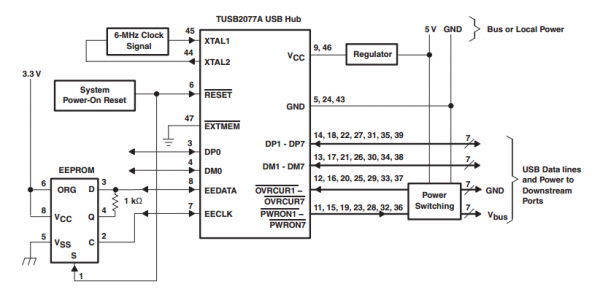
This document serves as a resource for developers who are new to Texas Instruments (TI) ARM-based processors, as well as for seasoned developers seeking to deepen their understanding of the different ARM architectures. It starts with an overview of ARM technology and the available processor platforms, followed by a discussion of the fundamental concepts.
The whitepaper provides a comprehensive introduction to Texas Instruments' ARM-based processor offerings, focusing on both the architectural principles and practical applications. It begins with a detailed overview of ARM technology, highlighting its relevance in modern embedded systems and the advantages it brings in terms of performance and energy efficiency.
The document then categorizes the various ARM processor platforms available from Texas Instruments, outlining their specific features, capabilities, and typical use cases. This section serves as a guide for developers to select the appropriate processor for their projects based on performance requirements, power consumption, and application needs.
Subsequently, the whitepaper delves into the fundamental concepts of ARM architecture, including instruction sets, memory management, and system design considerations. It explains the significance of the ARM Cortex series and how it integrates with TI's offerings to support a wide range of applications, from simple microcontroller tasks to complex real-time processing.
Additionally, the document addresses the development tools and resources available to support developers in their projects, including software development kits (SDKs), integrated development environments (IDEs), and debugging tools. These resources are essential for effective implementation and optimization of ARM-based solutions.
Overall, this whitepaper serves as a vital resource for both novice and experienced developers, providing insights that facilitate a deeper understanding of TI's ARM-based processors and their applications in the embedded systems landscape.This whitepaper is for developers new to TI ARM-based processors, as well as for experienced developers wanting to better understand the various ARM architectures. Beginning with an overview of ARM technology and available processor platforms, this paper will then explore the fundamentals of
🔗 External reference
The whitepaper provides a comprehensive introduction to Texas Instruments' ARM-based processor offerings, focusing on both the architectural principles and practical applications. It begins with a detailed overview of ARM technology, highlighting its relevance in modern embedded systems and the advantages it brings in terms of performance and energy efficiency.
The document then categorizes the various ARM processor platforms available from Texas Instruments, outlining their specific features, capabilities, and typical use cases. This section serves as a guide for developers to select the appropriate processor for their projects based on performance requirements, power consumption, and application needs.
Subsequently, the whitepaper delves into the fundamental concepts of ARM architecture, including instruction sets, memory management, and system design considerations. It explains the significance of the ARM Cortex series and how it integrates with TI's offerings to support a wide range of applications, from simple microcontroller tasks to complex real-time processing.
Additionally, the document addresses the development tools and resources available to support developers in their projects, including software development kits (SDKs), integrated development environments (IDEs), and debugging tools. These resources are essential for effective implementation and optimization of ARM-based solutions.
Overall, this whitepaper serves as a vital resource for both novice and experienced developers, providing insights that facilitate a deeper understanding of TI's ARM-based processors and their applications in the embedded systems landscape.This whitepaper is for developers new to TI ARM-based processors, as well as for experienced developers wanting to better understand the various ARM architectures. Beginning with an overview of ARM technology and available processor platforms, this paper will then explore the fundamentals of
🔗 External reference
